Popular on Food52
19 Comments
beejay45
January 5, 2018
They always say that wine will not naturally turn into vinegar, but they are mistaken. ;) We found and old, dusty but unopened demijohn of very cheap red wine my grandfather had gotten from someone during Prohibition. Ahem. My mom, being the adventurous cook in the family, opened it to see what it was like. Well, it was vinegar -- the best, deepest flavored, most robust red wine vinegar any of us had ever tasted. I have yet to taste its equal.
A friend in Baltimore had left an opened but corked bottle of wine in one of her lower kitchen cabinets. She pulled it out one day when we were cooking only to discover the very strangest looking thing floating in it. Yes, it was vinegar mother.
Both the place where the demijohn were stored and my friends kitchen were in areas with very hot summers and no air conditioning in either place -- my friend lived on the third floor of a huge row house! That may have contributed to the natural formation of the mother.
I'm going to give these instructions a try and see if I can't make something delicious, though. I don't have 50 years or 100+ degree heat (thank goodness) to see if the "natural" way will work. ;)
A friend in Baltimore had left an opened but corked bottle of wine in one of her lower kitchen cabinets. She pulled it out one day when we were cooking only to discover the very strangest looking thing floating in it. Yes, it was vinegar mother.
Both the place where the demijohn were stored and my friends kitchen were in areas with very hot summers and no air conditioning in either place -- my friend lived on the third floor of a huge row house! That may have contributed to the natural formation of the mother.
I'm going to give these instructions a try and see if I can't make something delicious, though. I don't have 50 years or 100+ degree heat (thank goodness) to see if the "natural" way will work. ;)
dianetoomey
January 5, 2018
I have never been sure how frequently it need feeding. I use a 5 gallon crock covered with double cheesecloth, then the crockery lid placed askew to allow airflow. Sometimes it goes weeks at a time without feeding. The mother grows effusively. The crock is more or less about half full most of the time in a stationery porch under an open window. I welcome any comments about the care and feeding.
tori P.
August 31, 2016
Advice Please ... if what i have floating on top is "Mother" or mold? I've been pretty good at it when it is at the bottom of apple cider, but I'm trying for blackberry vinegar from the leavings of my Summer Jelly. I just could not bare to throw out the pulp. I have a a photo. of the whitish thick film floating. I need advice. Thanks in advance
Make Your Own Apple Cider Vinegar November 5, 2013 by Susan Vinskofski 67 Comments
Make Your Own Apple Cider Vinegar November 5, 2013 by Susan Vinskofski 67 Comments
Rajesh S.
March 24, 2014
yes, now this becomes really easy to make Red Wine Vinegar at home. Thanks for sharing this information.
Wanda
May 24, 2012
I bought vinegar mother and had great success with its growth. However, my jars of wine vinegar also grew mold. I was afraid to use it. Maybe I left it too long? Any thoughts?
Paintbox K.
May 21, 2012
I'm going to try the cider vinegar mother as I'm DYING to try this. However if anyone has some mother to share in the Vancouver, BC area I would be most grateful!
phyllis S.
May 21, 2012
This article never tells how to make the 'mother'. Somebody, please, do some editing.
duckfat
May 20, 2012
Is it really necessary to pasturize the vinegar before you use it? And if you bottle some of it won't it simply begin its own mother?
AnnieHynes
May 20, 2012
anyone know of a place to either get a mother on the eastern shore of Maryland or where to order one online?
AntoniaJames
May 20, 2012
I included a link in my comment the other day to a good online source. I bought the white mother only and used it to start red and white wine and champagne vinegars. ;o)
lloreen
May 20, 2012
Does the temperature in which the vinegar is stored matter? I have been wanting to try this for quite some time, but we are coming into the summer months and the temperature in the kitchen might occasionally get into the 80s or 90s when I am not home. Will this still work?
AntoniaJames
May 20, 2012
Vinegar making experts always say to store in a cool place, and that is what I have always done. The bottom of a closet in an inner part of a house or apartment is typically quite a bit cooler than the rest of the house, so you probably would do better storing it there. ;o)
irinaleibo
May 19, 2012
I got my mother from a bottle of balsamic that my MIL left open in a pantry.
It was disgusting but fabulous. I poured some wine and sugar and put it sealed away for
awhile.
I had the most fabulous vinegar. Took months. I gave pieces of mother to my friends and they
all created the best red wine vinegar. Sweet.
I was living overseas and had to give it away. I want to make another.
Never "made:" a mother before. Will try this.
Thanks
irina
It was disgusting but fabulous. I poured some wine and sugar and put it sealed away for
awhile.
I had the most fabulous vinegar. Took months. I gave pieces of mother to my friends and they
all created the best red wine vinegar. Sweet.
I was living overseas and had to give it away. I want to make another.
Never "made:" a mother before. Will try this.
Thanks
irina
Christina @.
May 19, 2012
I tried to make vinegar from a bottle of wine we didn't like and mother from apple cider vinegar. It didn't work. Does anyone know if a: you can use apple cider mother for wine vinegar? and b) if the wine has to be sulfite free in order to turn to vinegar? Thanks!
Greenstuff
May 20, 2012
The apple cider mother should be fine. The folks at the Oak Cast that AntoniaJames mentioned stock a red wine and a white wine mother, but they tell me that they are really just the same.
AntoniaJames
May 20, 2012
I"ve been told that it makes no difference whatsoever whether the wine has sulfites in it. And I know from my own experience making vinegar with wines that have sulfites that it doesn't"t seem to matter. ;o)
JadeTree
May 18, 2012
Love this! My father made incredible herbed red wine vinegar just like this! But prepare yourselves for tragedy. When he was dying, very suddenly of cancer, some well-meaning relatives tried to help out by cleaning his house for us. They found the big glass jar of vinegar in the pantry. He had had it going since I was a little girl. And seeing the "mother" culture in there, thought it was foul. They proudly presented me with a sparkling clean jar the day after his death. They has thrown away his last, delicious batch of vinegar and killed the culture. I so appreciated their help with the cleaning. But fellow cooks, my dad was an amazing cook and seeing that clear jar was a terrible emphasis of his now permanent absence. But now at least I can try to start over again! Thanks very much for this - you've encouraged me to start my own vinegar in his honor!
Kenzi W.
May 18, 2012
Who has a vinegar mother they'd like to share? I think we should start a network.
AntoniaJames
May 17, 2012
For people who can't otherwise get a mother culture, the Oak Barrel wine making store in Berkeley sells it: http://www.oakbarrel.com/vinegarmaking/starter_cultures.shtml The shop, which also sells small spigoted casks, as well as excellent red and white wine vinegar by the jug (quite reasonably priced, too) is on San Pablo about three blocks north of Fanny's Cafe, and five or six blocks north of the Spanish Table. They also sell cheese making supplies, if you want to pick up some good quality butter muslin -- a fine weave cheesecloth -- for topping your vinegar jars. ;o)
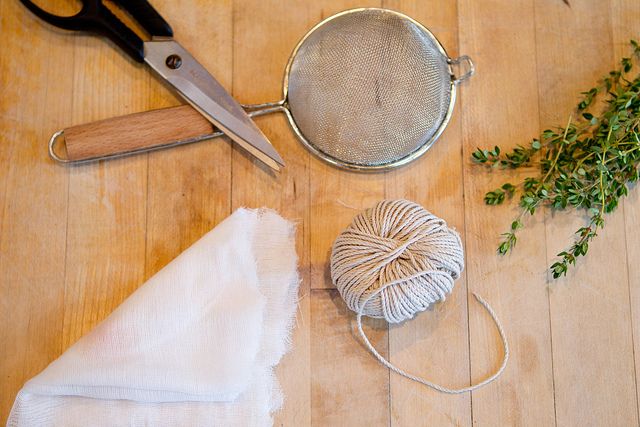

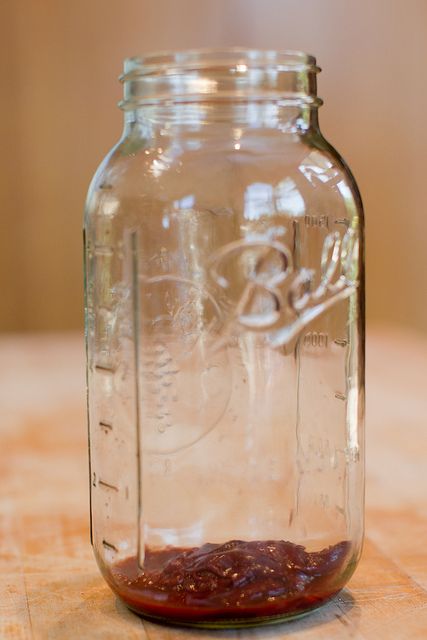

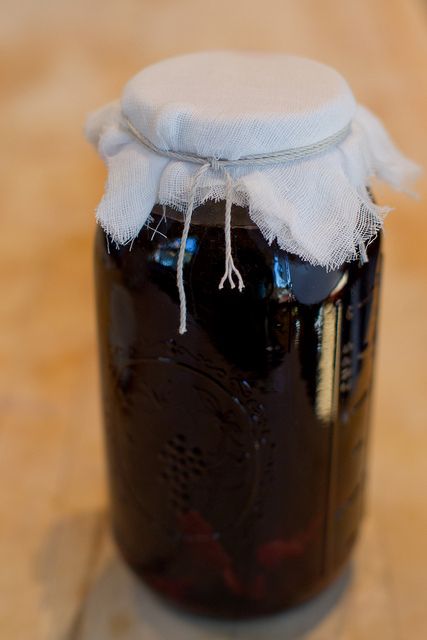
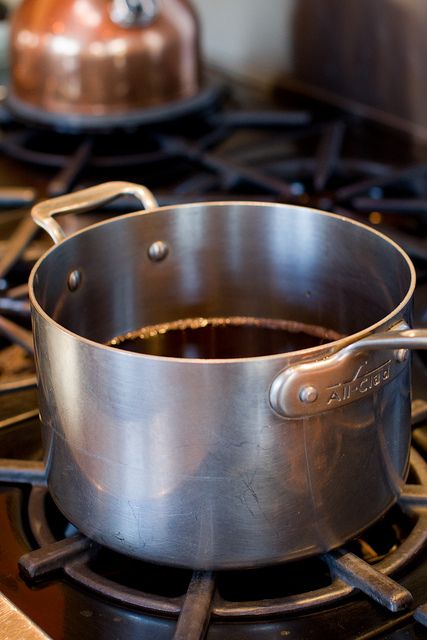
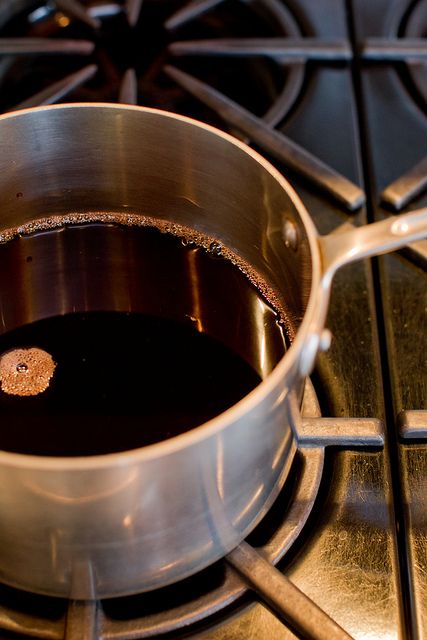
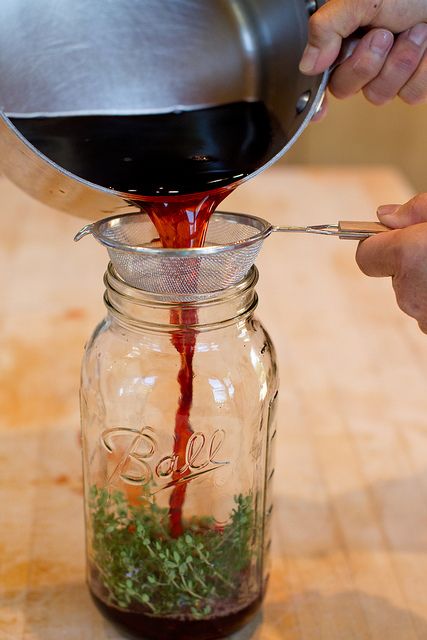
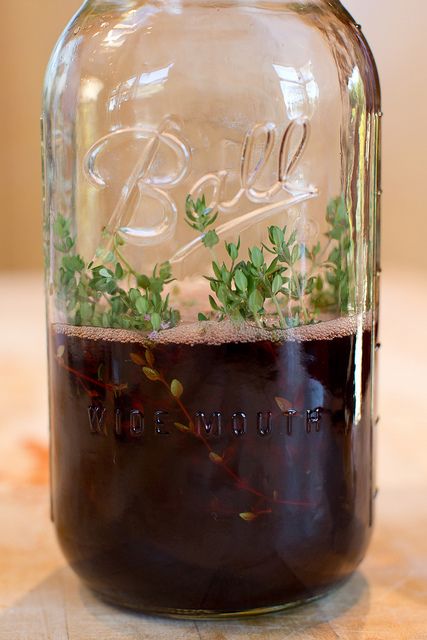

See what other Food52 readers are saying.